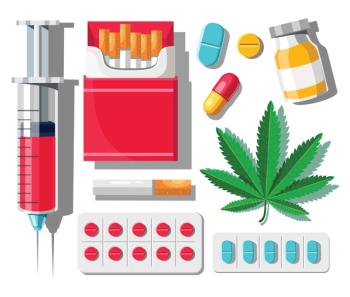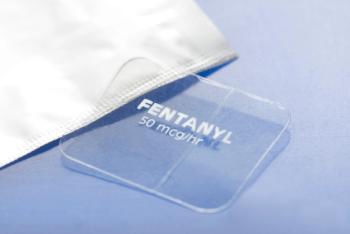
What Does “Rat Park” Teach Us About Addiction?
How many of us, during clinical encounters with patients, focus on their families, their social communities, their sources of human contact and support?
RESEARCH UPDATE
Dr Sederer is Adjunct Professor, Department of Epidemiology, Columbia University Mailman School of Public Health, Distinguished Psychiatrist Advisor to the New York State Office of Mental Health (OMH) and Director, Columbia Psychiatry Media.
We owe to American psychologist, Dr Bruce Alexander, the understanding that addiction is about far more than any drug. That a person, or animal in his studies, is an active ingredient in their interaction with a drug. To stand a chance beating the opioid and other drug epidemics we have, we will be far better equipped if we follow his lead.
Alexander’s experiments, in the 1970s, have
But Alexander wondered: is this about the drug or might it be related to the setting they were in? To test his hypothesis, he put rats in “rat parks,” where they were among others and free to roam and play, to socialize and to have sex. And they were given the same access to the same two types of drug laced bottles. When inhabiting a “rat park,” they remarkably preferred the plain water. Even when they did imbibe from the drug-filled bottle, they did so intermittently, not obsessively, and never overdosed. A social community beat the power of drugs.
I believe that the biggest problem with the powerful, ubiquitous psychoactive drugs (meaning those that work on our brains and minds), is that they are so effective. In immediate and powerful ways, they change how we feel, think, relate, and behave. Or transport us away from loneliness and isolation. That is why we use them! It is also why campaigns of “just saying no” are naïve and ineffective, and why the dilemma of drug-taking, legal and illicit, has become one of the most dominant societal dilemmas we face in the 21st century.
The rates of overdose deaths, especially but not only from opioids, in this country continue to climb. In my
What we can do, a needed and effective approach, derives from what has Alexander taught us. Humans, not just rats, need to be part of a community, encouraged to relate and experience the support of others. This is about as basic a psychological truth as exists, yet does it find application in clinicians’ offices?
How many of us, during clinical encounters with patients, focus on their families, their social communities, their sources of human contact and support?
Do we ask questions like: Who do you care about in your life? Who cares about you? When was the last time you spent time with people who are good for you-instead of those who hurt you and foster your drug taking?
These questions may lead to others, such as: Who can you call or spend time with in the next couple of days? What gives you pause in calling or making the kind of human contact needed to enable recovery? What do you imagine these people would think and feel if you did make contact? How might that encounter go-where it was not about asking for help, or money, but instead simply, and most importantly, about re-igniting their friendship, their attachment to you, and their wish for your life to go well? Their interest is one way to achieve the dignity, purpose, meaning, and life of contribution so critical to the hard work of recovery.
And so on, as the conversation may continue.
The science of medicine, with the exceptional value it attributes to symptoms, diagnoses, and evidence-based therapies, has had the unintended effect of eclipsing what we know and can do about the benefits of human interaction and attachment.
Please understand, I have been in practice for a long time. I am not naïve about the complexities of human relationships and the fears and challenges they present. Perhaps that is one reason we eschew the questions I offer above. They open essential doors, but that means we clinicians, not just our patients, have to pass through those doors as well.
Mother Theresa, not someone often quoted in medical journals, said, “If you want to change the world, go home and love your family.” I think the Beatles said the same thing. And when we see people and families who are keeping their emotional heads above the often roiling waters of everyday life, who are not compulsively imbibing on drug-laced concoctions, or pathologically gambling or playing video games and the like, we will see that they lead their lives in the light of relationships, in human parks, not alone.
Dr Sederer’s most recent book,
Disclosures:
The author reports no conflicts of interest concerning the subject matter of this article.
References:
1. Alexander BK, Beyerstein BL, Hadaway BF, Coombs RB.
2. Sederer LI. The medical irony of the deadly opioid epidemic. Psychiatric Times. May 15, 2019.
Newsletter
Receive trusted psychiatric news, expert analysis, and clinical insights — subscribe today to support your practice and your patients.














